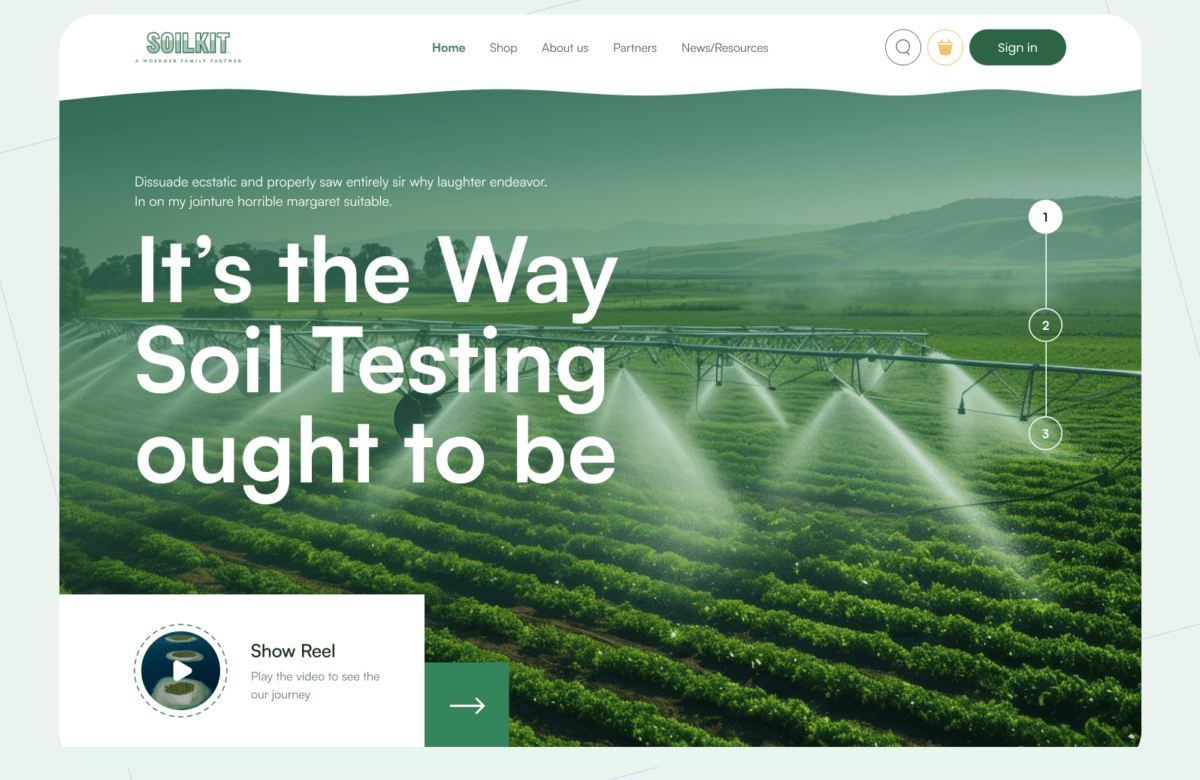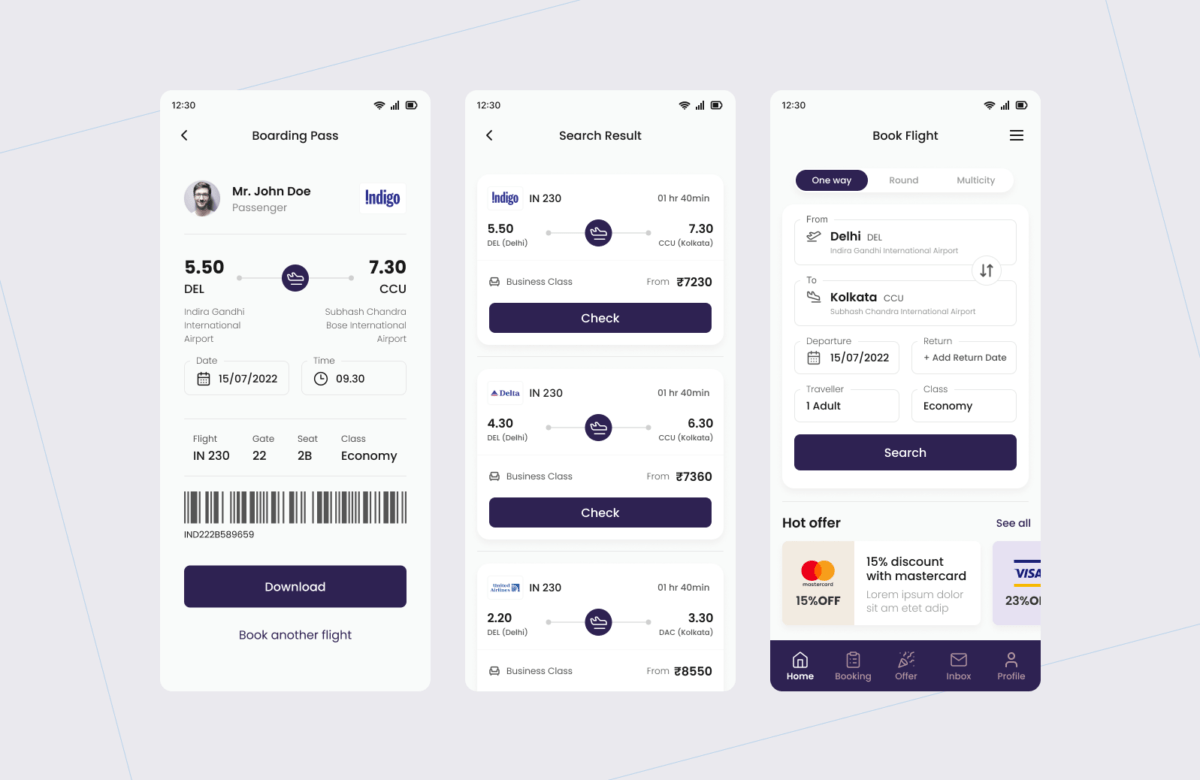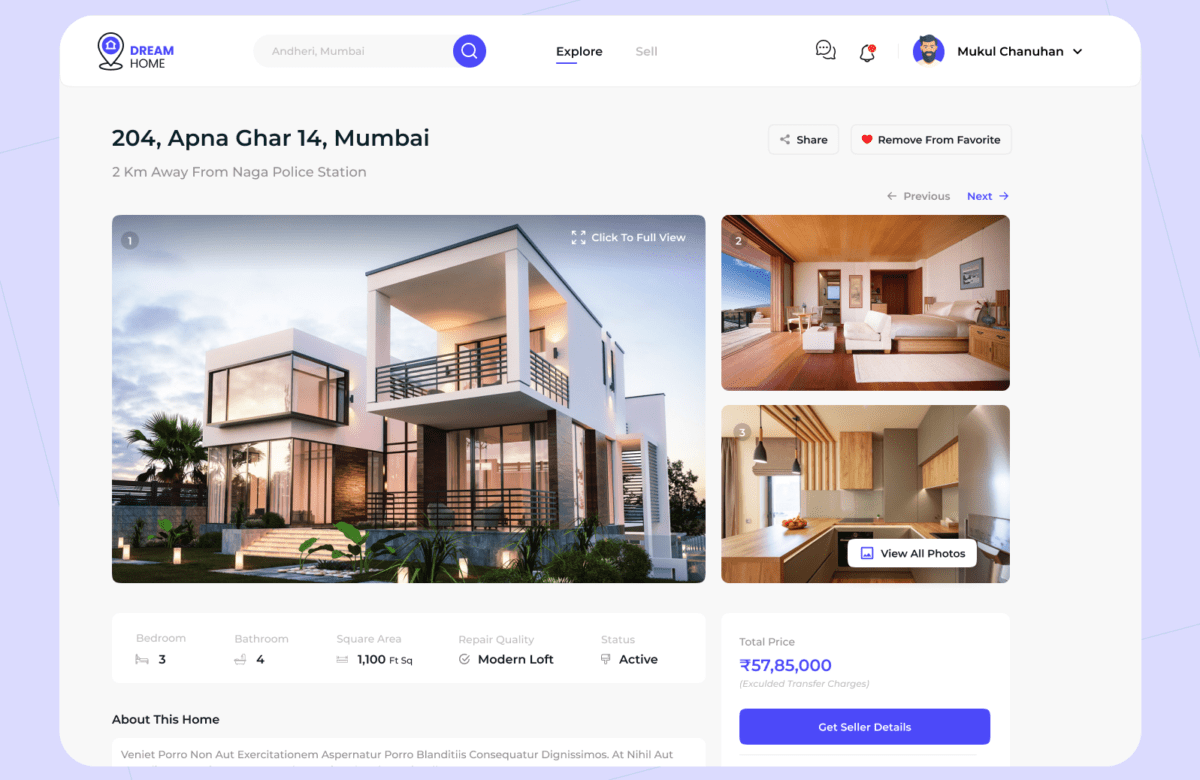I. Introduction
Mobile app user testing is the process of evaluating the usability, functionality, and overall user experience of a mobile application. This process involves recruiting a group of representative users, providing them with tasks to complete within the app, and observing and analysing their behaviour and feedback. Effective mobile app user testing is critical to the success of any mobile application. Testing helps app developers to identify potential issues or bugs, improve user engagement, and create a better user experience. By conducting user testing, app developers can gain valuable insights into how their app performs in real-world scenarios, and what changes or improvements can be made to make the app more effective and user-friendly.
This article aims to provide readers with a comprehensive overview of how to conduct effective mobile app user testing. From setting objectives and preparing for testing to analysing results and improving the app, we will cover all the important aspects of mobile app user testing. Additionally, we will provide a set of tips and tricks for mastering the user testing process and creating a better user experience for your app users.
II. Setting objectives and preparing for testing
Before conducting mobile app user testing, it is important to set clear testing goals and objectives. These goals should align with the overall objectives of the mobile application and focus on evaluating specific aspects of the app. Here are some tips for defining testing goals and objectives:
A. Defining testing goals and objectives
- Identify the key features and functions of the app that need testing.
- Define the specific objectives for each feature or function that you want to test.
- Ensure that the objectives are measurable and achievable within the testing period.
- Consider the target audience of the app and their specific needs and preferences when defining the testing objectives.
B. Identifying target audience and recruiting testers
The success of mobile app user testing relies heavily on recruiting the right testers. Here are some tips for identifying the target audience and recruiting testers:
- Identify the target audience for the app based on demographics, preferences, and behaviour patterns.
- Recruit testers who represent the target audience to ensure that the testing results are more accurate and representative.
- Offer incentives or rewards to attract and motivate testers to participate in the testing process.
- Use social media, online forums, or specialized platforms to find and recruit testers.
C. Choosing the right testing methods and tools
There are various testing methods and tools available for mobile app user testing. The right testing method and tool will depend on the objectives of the testing and the specific features of the app. Here are some tips for choosing the right testing methods and tools:
- Consider the type of testing that needs to be conducted, such as usability testing, functionality testing, or compatibility testing.
- Choose a testing method that best suits the testing objectives and requirements.
- Use appropriate tools such as remote testing tools, video recording tools, or feedback collection tools.
D. Preparing the test environment
Preparing the test environment is an essential part of mobile app user testing. Here are some tips for preparing the test environment:
- Set up a testing environment that closely simulates the real-world environment of the app users.
- Ensure that the test environment is free from distractions and interruptions that could affect the testing results.
- Prepare the devices or systems that will be used for testing and ensure that they are fully charged, updated, and functional.
- Provide clear instructions and guidance to testers before the testing process to ensure they are comfortable with the environment and the testing process.
By following these tips for setting objectives and preparing for testing, mobile app developers can ensure that their testing process is effective and provides accurate and actionable insights for improving the app.
III. Conducting user testing
Once the objectives are defined, testers are recruited, and the test environment is prepared, it is time to conduct mobile app user testing. This phase involves giving testers a set of tasks to complete within the app and observing and analysing their behaviour and feedback. Here are some tips for conducting effective mobile app user testing:
A. Explaining the test procedure and instructions to testers
Before starting the testing process, it is important to explain the testing procedure and instructions to the testers. Here are some tips for doing this effectively:
- Provide a brief overview of the app and its features.
- Explain the testing objectives and the specific tasks that testers will be asked to complete.
- Emphasize the importance of honest and objective feedback.
- Ensure that testers are comfortable with the testing environment and the testing process.
B. Providing a set of tasks to testers
To effectively test the app, testers should be given a set of specific tasks to complete within the app. These tasks should align with the testing objectives and focus on evaluating specific aspects of the app. Here are some tips for providing tasks to testers:
- Clearly define the tasks and provide step-by-step instructions for completing them.
- Consider the target audience of the app and ensure that the tasks are relevant and representative of their behaviour patterns.
- Vary the complexity and difficulty of the tasks to test various aspects of the app.
C. Observing and collecting data during the testing process
Observing and collecting data during the testing process is essential for evaluating the app’s usability, functionality, and overall user experience. Here are some tips for observing and collecting data effectively:
- Use video recording tools to capture the testers’ behaviour and interactions with the app.
- Take notes of any issues, bugs, or errors that testers encounter during the testing process.
- Record the time taken by testers to complete each task.
- Collect quantitative data such as task success rates, error rates, and completion times.
D. Gathering feedback from testers and analysing the results
Gathering feedback from testers and analysing the results is the final and most important phase of mobile app user testing. Here are some tips for gathering feedback and analysing the results effectively:
- Use feedback collection tools to gather testers’ opinions, suggestions, and feedback.
- Consider both qualitative and quantitative data when analysing the results.
- Use data visualization tools such as graphs and charts to present the results.
- Identify the strengths and weaknesses of the app based on the test results and prioritize improvements accordingly.
By following these tips for conducting user testing, mobile app developers can gain valuable insights into their app’s performance and create a better user experience for their app users.
IV. Analysing results and improving the app
The results from user testing are only as valuable as the changes and improvements made to the app based on those results. In this section, we will explore how to analyse the results and improve the app.
A. Analysing quantitative and qualitative data
When analysing user testing results, it is essential to consider both quantitative and qualitative data. Quantitative data refers to measurable data such as task completion time, error rates, and task success rates. Qualitative data refers to subjective data such as user feedback, opinions, and suggestions.
B. Identifying usability issues and areas of improvement
The analysis of user testing results should aim to identify usability issues and areas of improvement in the app. These issues can range from minor bugs to significant design flaws. Some common usability issues include:
- Navigation problems: Users cannot find what they are looking for or have trouble moving between different areas of the app.
- Visual design problems: Issues with the app’s colour scheme, font size, and layout can negatively impact user experience.
- Functionality problems: Users encounter bugs or errors while using the app.
C. Prioritizing and categorizing issues
After identifying usability issues and areas of improvement, the next step is to prioritize and categorize these issues based on their severity and impact on the user experience. Here are some tips for prioritizing and categorizing issues:
- Categorize issues based on the area of the app affected, such as navigation, visual design, or functionality.
- Prioritize issues based on their severity and impact on the user experience. High-priority issues should be addressed first.
D. Implementing changes and improvements
The last step is to implement changes and improvements based on the results of the user testing. Here are some tips for implementing changes effectively:
- Create a plan for implementing changes and improvements, including a timeline and allocation of resources.
- Involve the development team in the process to ensure that changes and improvements are technically feasible.
- Test the app again after implementing changes to ensure that the issues have been resolved and that the user experience has improved.
By following these steps, developers can analyse user testing results and make the necessary changes and improvements to create a better user experience for their app users.
V. Tips and tricks for effective mobile app user testing
Now that we have covered the basics of mobile app user testing, let us explore some tips and tricks for conducting effective testing.
A. Choosing the right testing method based on the app and testing objectives
There are many different testing methods to choose from, including usability testing, A/B testing, and beta testing. The right testing method will depend on the app and the testing objectives. For example, if the goal is to test a specific feature of the app, then usability testing may be the most appropriate method.
B. Recruiting the right testers
Recruiting the right testers is essential for effective user testing. Testers should be representative of the app’s target audience, and their feedback should be unbiased. Consider using online recruiting services or social media to reach a broader pool of potential testers.
C. Creating clear and concise test instructions
Test instructions should be clear, concise, and easy to follow. Be sure to explain the purpose of the test, the tasks the testers will be asked to complete, and any specific instructions or guidelines.
D. Observing and documenting user behaviour during testing
Observing user behaviour during testing can provide valuable insights into how users interact with the app. Be sure to document any issues or observations during testing, such as how long it takes for users to complete tasks or where they have trouble.
E. Asking open-ended questions and gathering qualitative data
Open-ended questions can provide valuable qualitative data about the user experience. Consider asking questions about user preferences, pain points, and suggestions for improvement.
F. Analysing data and prioritizing issues for improvement
After collecting data from user testing, it is important to analyse the data and prioritize issues for improvement. Use a combination of quantitative and qualitative data to identify areas for improvement and prioritize issues based on their severity and impact on the user experience.
G. Continuously testing and improving the app
User testing should be an ongoing process. Continuously testing and improving the app can help ensure that the user experience remains positive over time. Consider implementing regular testing intervals, such as every six months, to catch any contemporary issues that may arise.
By following these tips and tricks, developers can conduct effective mobile app user testing and make improvements that enhance the user experience.
VI. Conclusion
In conclusion, effective mobile app user testing is a crucial step in the app development process. By testing the app with real users, developers can identify issues and make improvements that enhance the user experience. To conduct effective testing, it is important to set clear testing objectives, recruit the right testers, choose the right testing methods and tools, and prepare the test environment. During testing, be sure to observe user behaviours, ask open-ended questions, and gather both quantitative and qualitative data. After testing, analyse the data and prioritize issues for improvement, and continuously test and improve the app over time. By following these tips and tricks, developers can ensure that their mobile apps provide a positive user experience and meet the needs of their target audience.
In summary, effective mobile app user testing involves careful planning, clear instructions, and the use of appropriate tools and methods. It requires a willingness to listen to user feedback and make changes that will improve the overall user experience. For mobile app developers and testers, we recommend setting clear testing objectives, recruiting a diverse group of testers, and using a combination of quantitative and qualitative data to identify issues and prioritize improvements. By continuously testing and improving the app, developers can ensure that their mobile apps remain relevant and provide a positive user experience for years to come.
Contact us today for your Mobile Application’s user testing.


